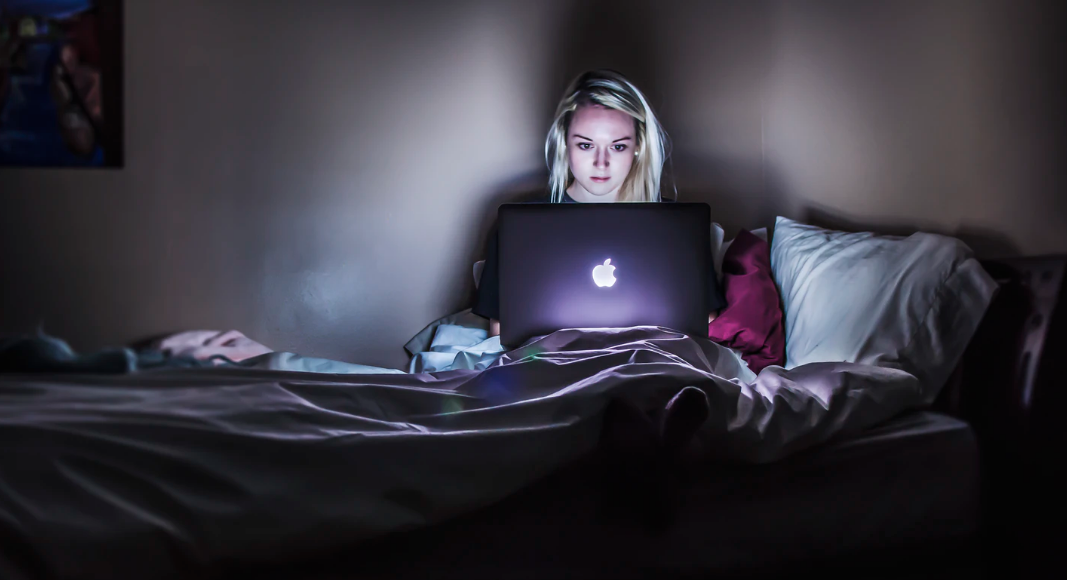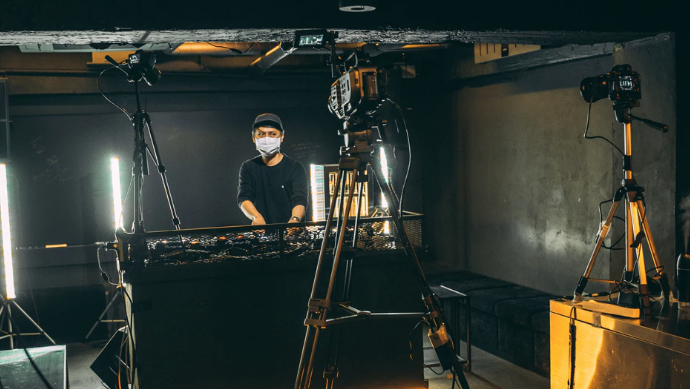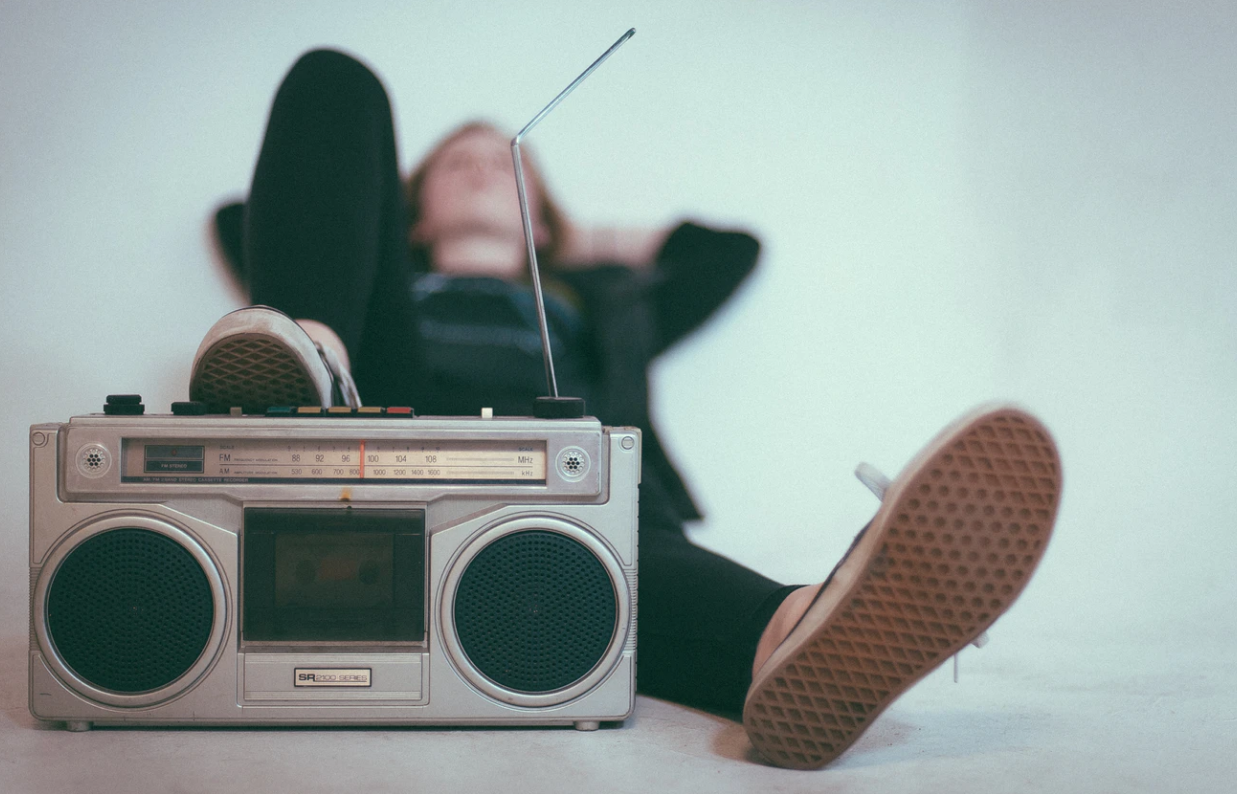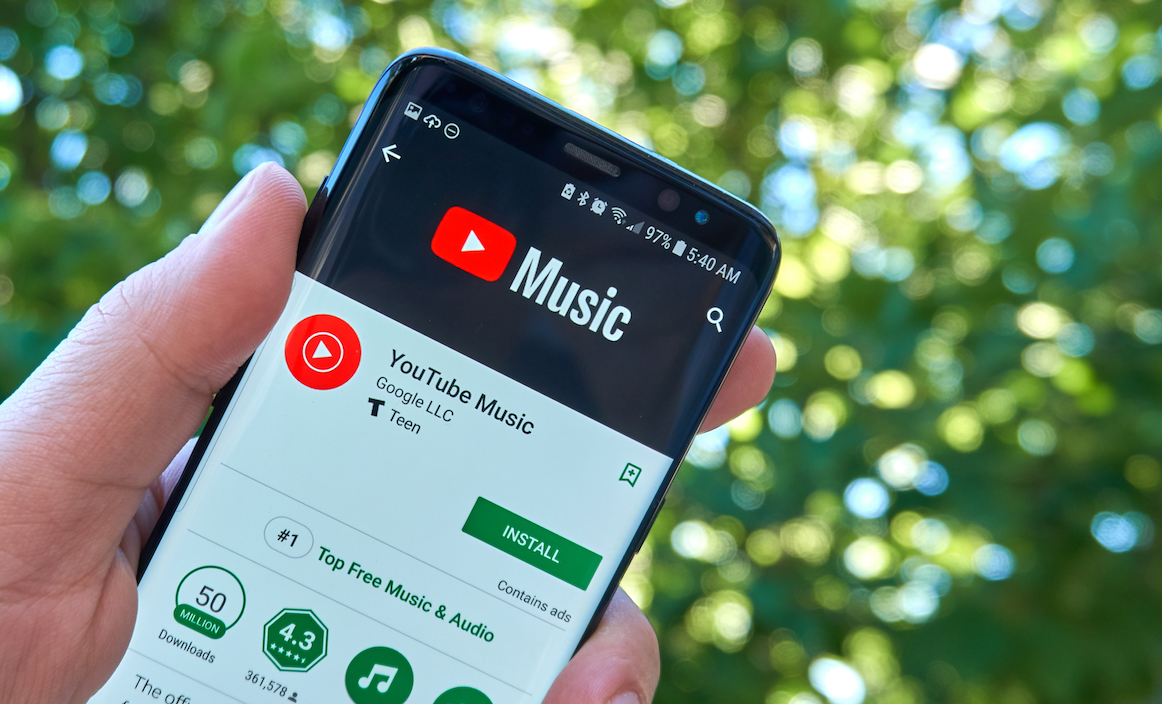Has COVID-19 changed music consumption behaviours forever?

Mondays devoted to Australian music, more helplines for musicians, livestreaming industry awards, mail-orders from record stores, concerts in car parks and a rush to buy ukuleles.
These are just some initiatives introduced here and abroad to get over the boredom of isolation. But what will become a permanent change if the crisis extends for too long?
The Australian music industry has moved to offset this by maintaining a connection with audiences through digital festivals, concerts, venues and awards nights.
These have proven successful so far; from online festivals reaching 400,000, to 1.4 million fans from 60 countries streaming Timmy Trumpet’s live set from Sydney Harbour.
But what are the long-term ramifications? The complete stop of live music has been as unprecedented in this country as the stop in physical sports.
The sports codes are frantically trying to kick-start their 2020 seasons as early as May – to sniffs of “fat chance!” from politicians and health authorities – partly because of the fear that too long a disconnect with fans could lead to club subscriptions being scrapped.
The added apprehension is that studies in the US show that at least a third of concert-goers doubt they’ll go back to attending large gatherings even when things return to “normal”.
Artist dislocation in Australia is going to create a disrupted supply chain through the year – not helped by the disgracefully slow and small funding from the federal and some state governments to the sector which made it clear to federal arts minister Paul Fletcher that its crisis needs were equal to that of airlines and tourism.
Obviously given the shut-down of the national music industry, a number of venues, festivals, promoters, media outlets and record stores won’t be making it to the other side of recovery.
According to execs, during the period of physical isolation, we’ll see the disappearance of some temporary trends, the acceleration of existing trends, and the emergence of new trends and models and, who knows, willing for a fairer cut for musicians, songwriters and producers.
How Consumer Behaviour Changed So Far

Behavioural changes are already evident in the early days.
The first study from new data series COVID-19: Tracking The Impact On The Entertainment Landscape, from MRC, indicated that 60% of Americans are engaging with entertainment.
We’ll presume Australian habits are similar to those in the US.
Most popular are TV & streaming video (74%), social media (65%) and music (64%).
The rest are movies (60%), watching cooking/baking shows (52%), news (50%), video games (47%), online shopping (46%), radio (40%) and books & magazines (34%).
It must be noted that other studies found that and radio really had much larger jumps.
Quarantine time has been a boon to Amazon-owned Twitch, which saw its followers grow 31% from 33 million to 43 million throughout March.
The fast rise of Tik Tok is accelerating further: at the end of March, it was the third most downloaded app after Zoom and Houseparty.
Shift From Audio To Music Video Streaming

24% of US consumers signed on to a new subscription service to cope with self-isolation period, and 79% of these intend to continue with them after the pandemic passes.
Of the 24%, it seems 81% added video, 38% added music and 14% added games.
Of those adding a subscription, households with children were most likely to do so.
There is a shift from audio to music video streaming, with the latter up 13%.
“There are likely to be multiple causes,” suggests BBC News music reporter, Mark Savage.
“Fewer people are commuting to work or going to the gym and shops that use Spotify for their in-store music are closing their doors.
“People who stream music in the office also seem to be turning off and watching Netflix instead and there’s a big rise in radio listening – suggesting we’re seeking companionship alongside our music.”
There’ll be a short term reliance on ‘escapism’ music. But it will be abandoned as it will be a reminder of the ‘bad times’.
Deezer noted that listening times to music have shifted to early morning hours from mid-morning.
Deezer also spotted a trend away from consuming music on mobile phones.
It reported a 25% drift to Chromecast, up 17% to Xbox, up 13% to Android TV, up 11% to desktop computers, up 10% to Amazon’s Alexa, up 8% to tablets, up 8% to Sonos and up 7% to Google Assistant.
However, the MRC study has 78% still accessing music via their phones with 46% using their laptop to listen to music; 33% to smart speakers; 30% to desktop computers; 26% to tablets; and 35% devouring music through smart TVs.
Nostalgia Ain’t What It Used To Be

Across music and TV, more than half are finding comfort in nostalgia, which is reflected in the rise of greatest hits sets and catalogue sales.
Just on music, the MRC report found that 87% listen to what they normally listen to but 55% have opted for older familiar music.
For the week ending April 2, catalogue share of music streams in the US represented 64.5% of total streams.
This is partly that people go for “safe” music during times of crisis, and partly because well-being experts are urging listening to comfortable favourites to contain their feelings of anxiety.
Older hits are further in the spotlight as musicians around the world, like Birds of Tokyo, deliver music tutorials and jam sessions (and trivia nights by Aussie guitarist Aimon Clark).
Consumer demand for old hits has escalated with the boom in livestreaming while major acts as Bruce Springsteen, Radiohead, Metallica and The National stream past concerts.
Execs say these are more than just an hour or two of distraction but a new income source.
They recommend musicians start digging through unused footage from previous tours and cater to obvious consumer demand.
One of the hottest draws at the moment is Instagram Live, where DJ battles on their laptops between hip-hop and R&B songwriters put together by producers Timbaland and Swizz Beatz and where they take good-humoured verbal potshots at each other to the delight of viewers.
What is unearthed is several decades of hits written by the songwriters involved.
One of the gladiators, Ne-Yo from Atlanta, told the Los Angeles Times “I think it’s a cool stroll down memory lane. It’s showing a new generation where a lot of what we’re doing now came from. Right now the thing in hip-hop is to sample songs from the ‘90s.
“I don’t even know if we kept score, but we had 83,000 people in there. It turned into a moment for everyone to appreciate good music, to shine a light where it was deserved.”
Children’s music continues to build. MRC notes its is up 15% and video streams up 30%.
Radio’s Ga Ga

Self-isolation has seen more Australians drawn towards commercial radio, setting new records.
First with the bushfires and now with the virus, radio has risen brilliantly to its role as providing connection and shared feelings of crisis.
Who knows, if it starts to play new music or is perceived as helping local artists, it might even bring back younger lapsed listeners.
Data from Southern Cross Austereo shows that radio is the most consumed at-home platform.
For the month of March, listening on demand, including live radio streaming, on mobile, smart speakers and podcasts exceeded all records. Monthly streaming hit a high of 9.11 million.
Data compiled by GfK and released by industry body Commercial Radio Australia (CRA) states 23% of Australian adults are listening to more radio during COVID-19.
Of younger people aged 18-34, 29% have increased their radio listening (compared to 27% of 35-44s, 20% of 45-54s, 15% of 55-64s and 16% of those aged 65+).
Almost three in four Australians over 18 are listening to the radio the same amount, or more, according to the research, with a third listening at home, and 52% listening via a smart speaker (compared to 32% listening on AM/FM and 27% of DAB+ listeners).
CRA reckons the results prove radio is a trusted medium, with 72% trusting radio to provide up-to-date COVID-19 information, 68% seeing radio as a good source of COVID-19 information, and 63% saying they trust the information given by radio presenters.
According to its CEO Joan Warner, “Beyond being a source of accurate and up-to-date information, radio is a source of comfort and connectivity for audiences during the COVID-19 pandemic, with many people in isolation or limiting social contact.
“In fact, 62% of listeners say that radio makes them feel less alone and 64% say that radio keeps them connected with their local community.”
Changes In The Long Run

The current virus crisis will be followed by an economic depression, so expect music consumer behaviour to change more drastically.
According to MIDiA Research, there’ll be a cut back on wallet share.
Last year, TMN repeatedly predicted that the streaming subscription boom would start to plateau.
That is now going to come into play, with MIDiA saying, “Streaming music is particularly vulnerable because younger people are normally the first to lose their jobs and millennials make up the lion’s share of subscribers.
“Downgrading to a free tier still leaves the consumer with a decent music experience, and that’s without even considering the role of YouTube.Across both music and video, a long-term recession – if it happens – would see a growing role for ad-supported.
“YouTube looks best placed to prosper, not least because Spotify has not had the best of times growing its ad business. Pandora may also benefit, as may the likes of Peacock in video.”
Some interesting changes could take place over the next 12 months.
With many record releases delayed, will major labels shift their marketing budgets to innovation? With presumably less major acts releasing new music, will this be an opportunity for acts on indie labels?
According to MRC, the companies which have provided millions of dollars in donations and grants during the crisis – including Apple Music, YouTube, Tik Tok and Sony – will be rewarded with greater loyalty.






























